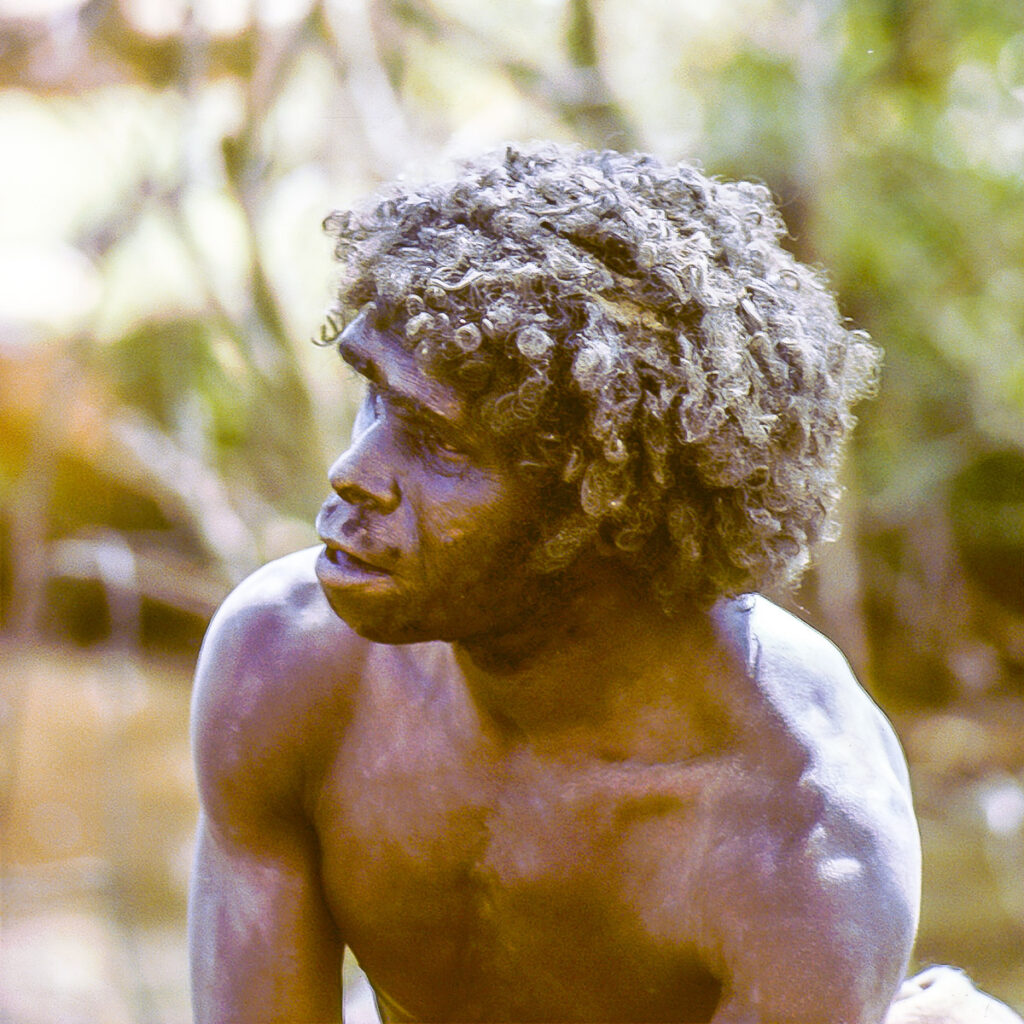Introduction
Turkana Boy, one of the oldest and most remarkable human fossils ever discovered, is a name that has been immortalized in archaeological and paleoanthropological circles. The fossilized remains of this adolescent hominin, who lived 1.6 million years ago, were found in the Nariokotome region of northern Kenya in 1984. The discovery of Turkana Boy by archaeologist Kamoya Kimeu and his team made headlines around the world and provided a startlingly detailed glimpse into the physical features of our ancient ancestors.
What is Turkana Boy?
Turkana Boy is the fossilized skeleton of a 12-year-old hominin, estimated to have lived 1.6 million years ago, found in the Nariokotome region of northern Kenya. It is the most complete skeleton of a Homo erectus ever found and is one of the oldest and most important hominin fossils ever uncovered.
The Significance of the Discovery
The discovery of Turkana Boy was a major breakthrough in human evolution research, providing invaluable information about our ancient ancestors. It was the first time that a nearly complete Homo erectus skeleton had been found and it gave us an unprecedented glimpse into the physical features of our ancient ancestors. The skeleton provided evidence of a degree of body development and maturity not previously seen in fossil hominins, suggesting that Homo erectus had reached a level of physical development similar to that of humans today.
The fossil also provided evidence of the earliest known use of stone tools by Homo erectus. A number of small stone flakes were found in association with the fossil, suggesting that the adolescent was using tools. This discovery was significant, as it suggested that Homo erectus had developed a level of technological sophistication not previously seen in pre-modern hominins.
The Location of the Discovery
The fossilized remains of Turkana Boy were discovered in the Nariokotome region of northern Kenya in 1984 by archaeologist Kamoya Kimeu and his team. The region is located on the east side of Lake Turkana, an ancient lake in the Great Rift Valley of East Africa. The area is well known for its rich archaeological record, with a number of other ancient hominin fossils having been found in the region over the years.
Analysis of the Skeleton
The nearly complete skeleton of Turkana Boy provided a wealth of information about the physical features of Homo erectus. Analysis of the fossil revealed a body that was tall and slim, with long arms and legs. The skull was large and elongated, with a prominent brow ridge and a flat face. The teeth were large and heavily worn, suggesting that the adolescent had been eating a diet of hard plant material and animal food sources.
The analysis of the skeleton also revealed a degree of physical development and maturity not previously seen in fossil hominins. The adolescent was estimated to be about 12 years old, with a body that was nearly fully developed. The skeleton suggested that Homo erectus had reached a level of physical development similar to that of humans today.
Conclusion
The discovery of Turkana Boy was a major breakthrough in human evolution research, providing invaluable information about our ancient ancestors. The nearly complete skeleton of the adolescent hominin provided evidence of a level of physical development and maturity not previously seen in pre-modern hominins. It also gave us an unprecedented glimpse into the physical features of Homo erectus, as well as evidence of the earliest known use of stone tools by our ancient ancestors. The discovery of Turkana Boy has helped to shape our understanding of human evolution and will continue to be studied for years to come.

